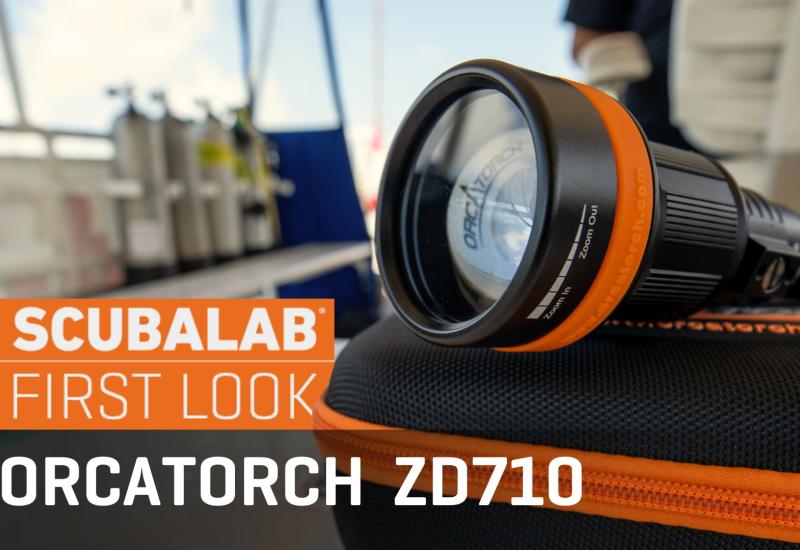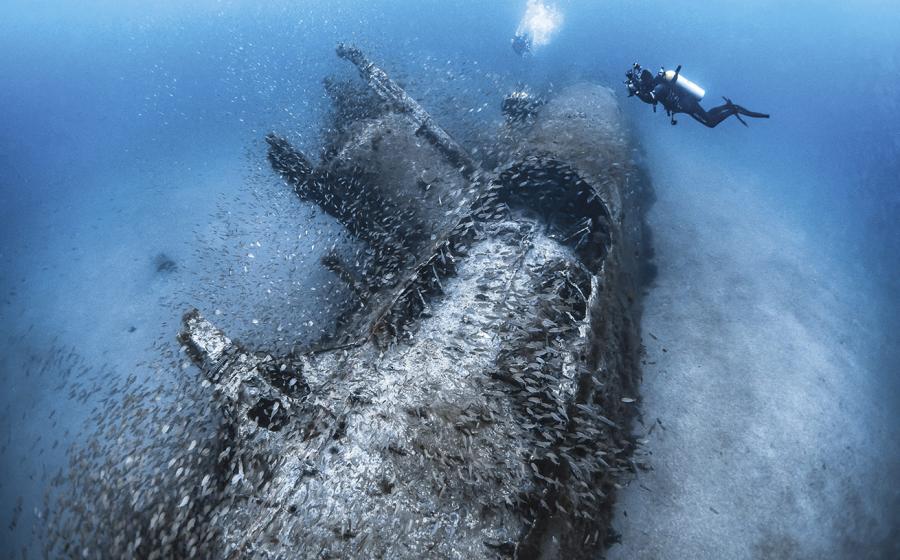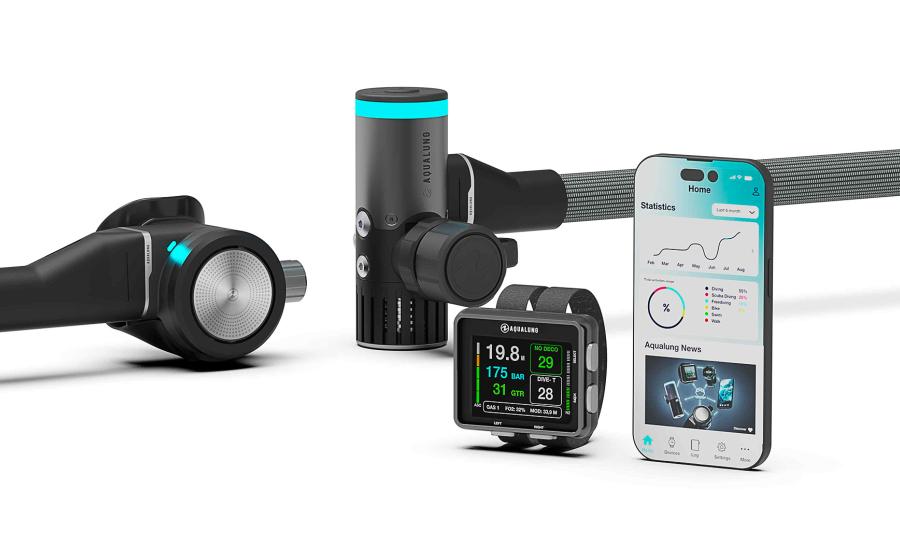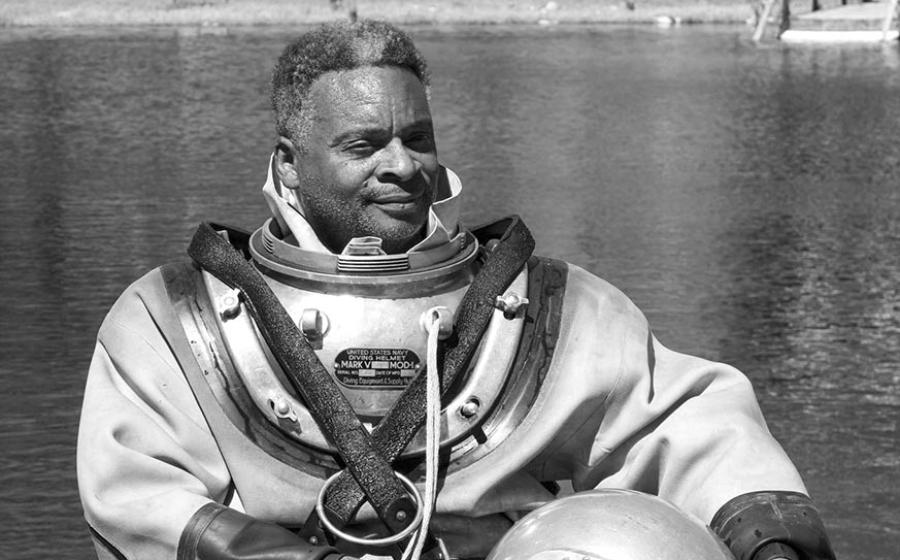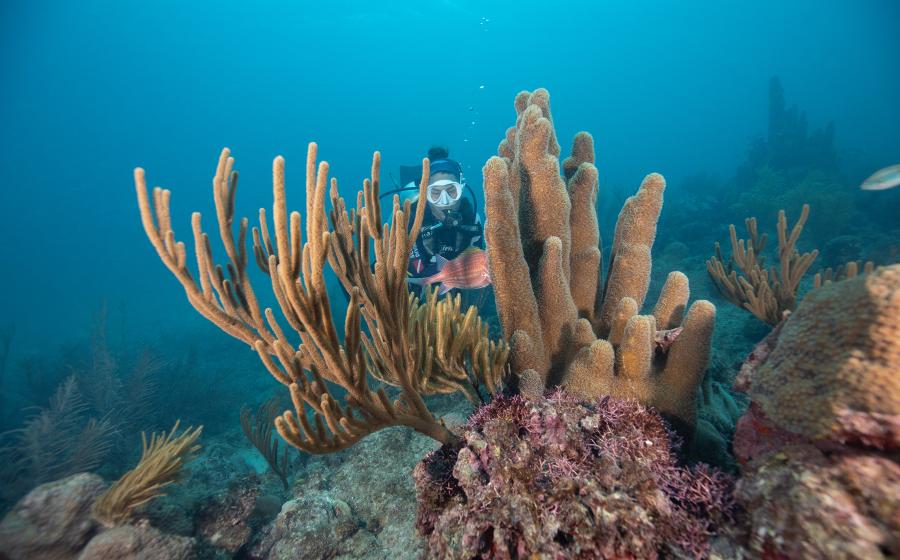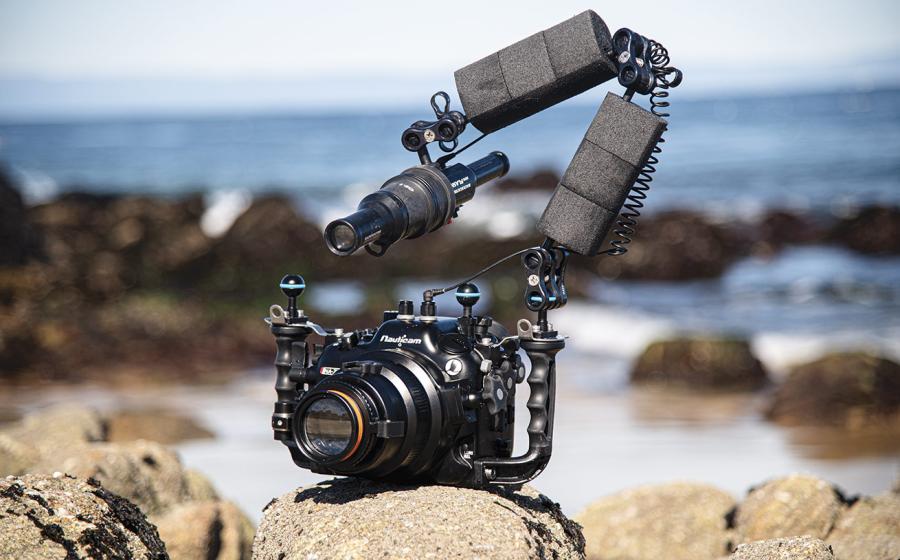Could This Be the Dive Gear Trend of the Future?
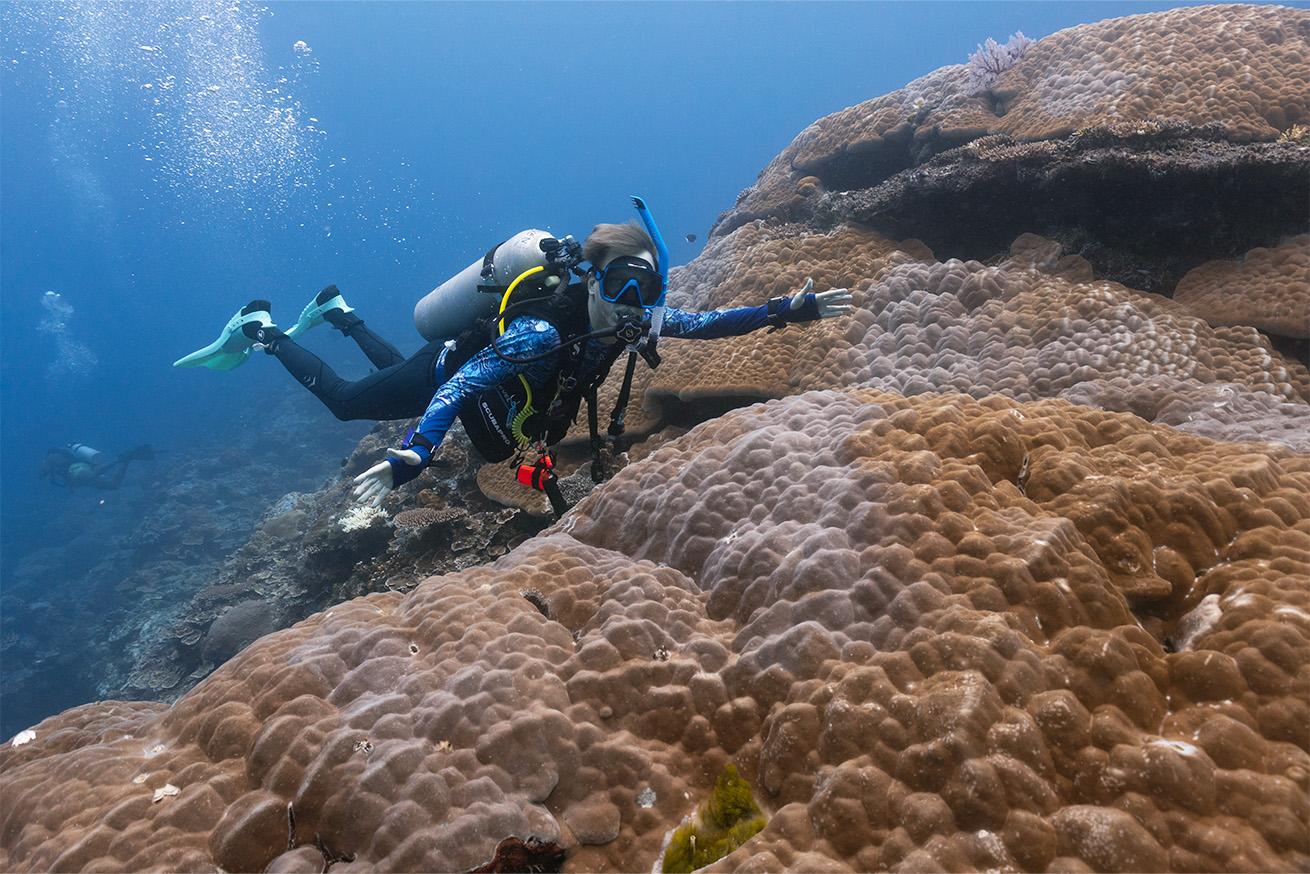
Candice LandauCandice's dive buddy, Stephen, wearing two Shearwater Peregrine dive computers
Two is better than one. It’s hard to argue with this statement when it pertains to safety. If you’re a technical diver, you’ll know this better than anyone: two dive masks, two surface marker buoys, two cutting devices, two reels, two flashlights, and of course, two dive computers.
I’ll admit, I was an early convert to “the two-computer setup.” My dive buddy at the time was an avid cave diver, and in overhead environments like caves, redundancy is key. Beyond that, I found that having an extra computer simply put my mind at ease. These days, you won’t catch me diving without backups for most of my gear accessories.
Among all these backups, the second dive computer has become one of the most critical, right up there with my extra mask.
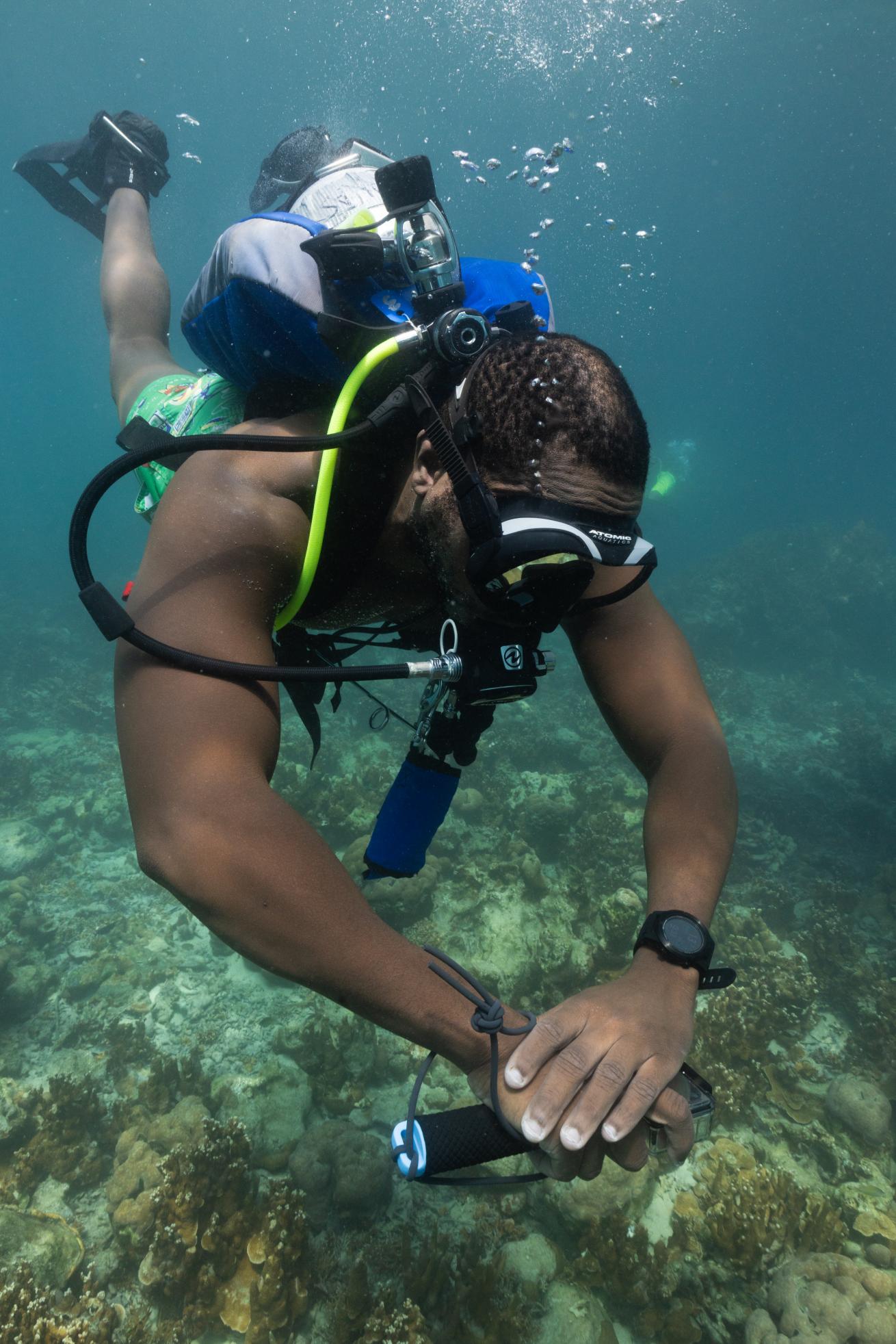
Candice LandauJonas, one of Candice's dive buddies, wearing his backup Tern after losing his own Perdix off the side of the boat.
So, Why Two Dive Computers?
1. Battery and Dive Continuity
If one dive computer’s battery dies mid-dive, the other keeps working. That means no missed dives and no scrambling to recall how to use outdated paper dive tables.
2. Reliability and Redundancy
Dive computers are generally reliable, but no technology is infallible. Glitches can happen, and so can user errors (like forgetting to adjust critical settings). Having a second computer helps me avoid those pitfalls.
3. Increased Awareness
Wearing two devices forces me to be more mindful overall, double-checking gas mixes, water salinity, and any other pertinent settings before I even enter the water. The second computer is my form of a double take.
4. Helping a Dive Buddy
Accidents happen—luggage goes missing and gear breaks. Having two computers allows you the ability to not only have a backup if your primary stops functioning, but you could also help a dive buddy who may have lost, broken or forgotten their computer at home. Note: it is not recommended to share a computer unless the diver has no dives for at least 24 hours prior.
Lessons From Mismatched Computers
When I first started diving with two devices, it was mostly because one of them had a habit of dying unpredictably. Even after sending it in for repairs, I still couldn’t trust it entirely, so I wore it alongside an older, more dependable computer.
But since they were from different brands—even though both used the same algorithm—I ended up with mismatched ascent rate warnings, differing depth readings and overall confusion. After dealing with those conflicts one too many times, I decided it was best to stick to two computers from the same company.
Related Reading: How to Clean and Maintain Your Dive Gear
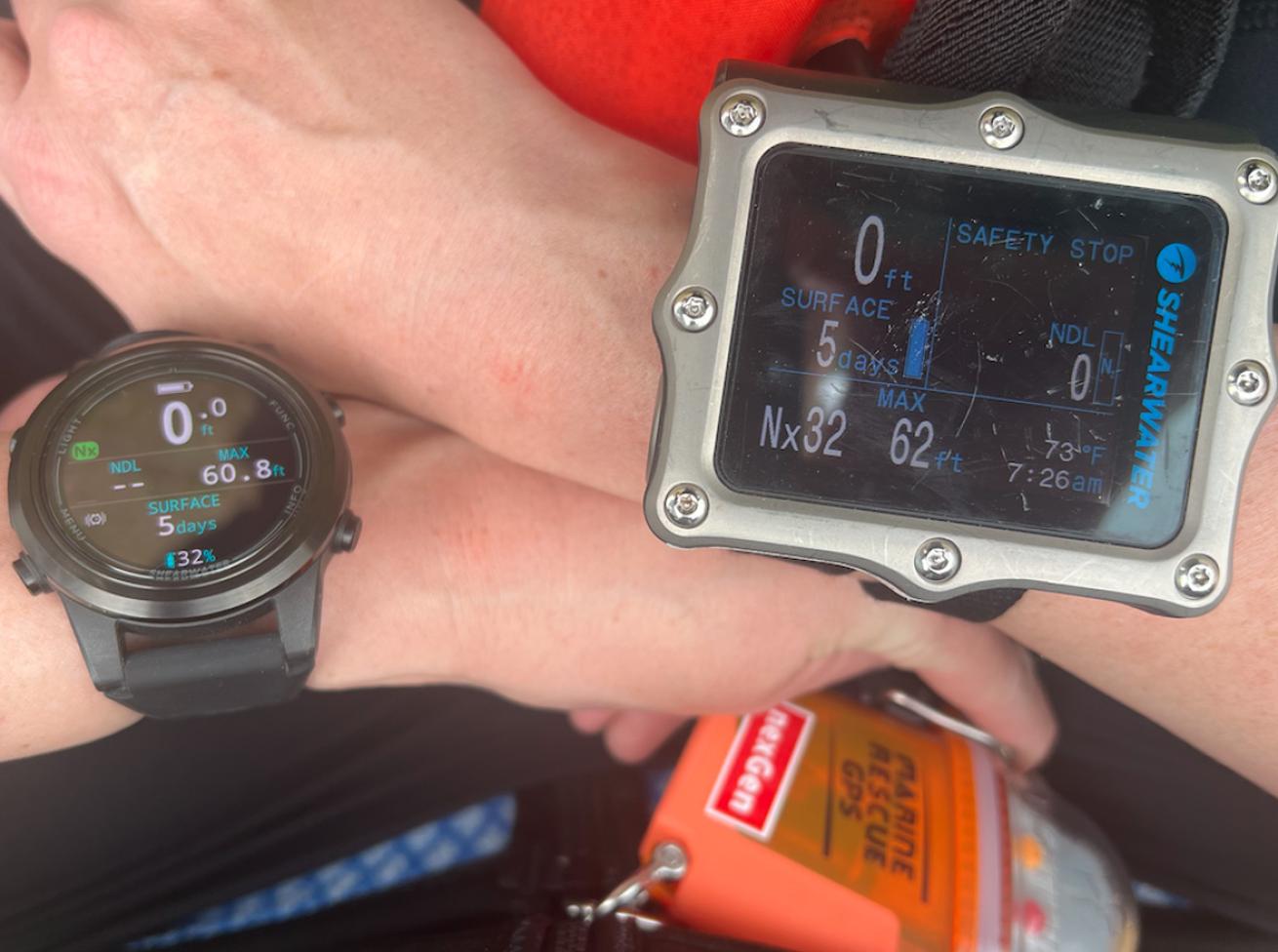
Candice LandauCandice wearing both her Perdix 2 and her Tern TX.
My Current Setup: A Perdix 2 and a Tern TX
Now, I use two Shearwater dive computers. They aren’t the same model—one is a Perdix 2 and the other is a Tern TX—but having them both from the same brand means they run consistent algorithms and share a similar interface. That consistency has made a big difference in how smoothly my dives go.
The Shearwater Tern TX has quickly become a favorite in part because it’s watch-sized. I can wear it all day without feeling like I’m lugging around bulky gear, and I’m much less likely to forget to put it on before my dive (it’s already on). It also pairs naturally with my Perdix—both in terms of settings and in how the displays present information—so there’s little fuss when I switch my focus from one to the other underwater.
I still love my Perdix for its larger screen and clarity, especially on deeper or more technical dives. But having the Tern alongside it gives me a perfect blend of portability and readability. If I ever decide to have two of the exact same computer, it’ll just be for the sake of uniformity; in terms of functionality, this two-model setup already covers everything I need.
Related Reading: Best Scuba Gear of the Year
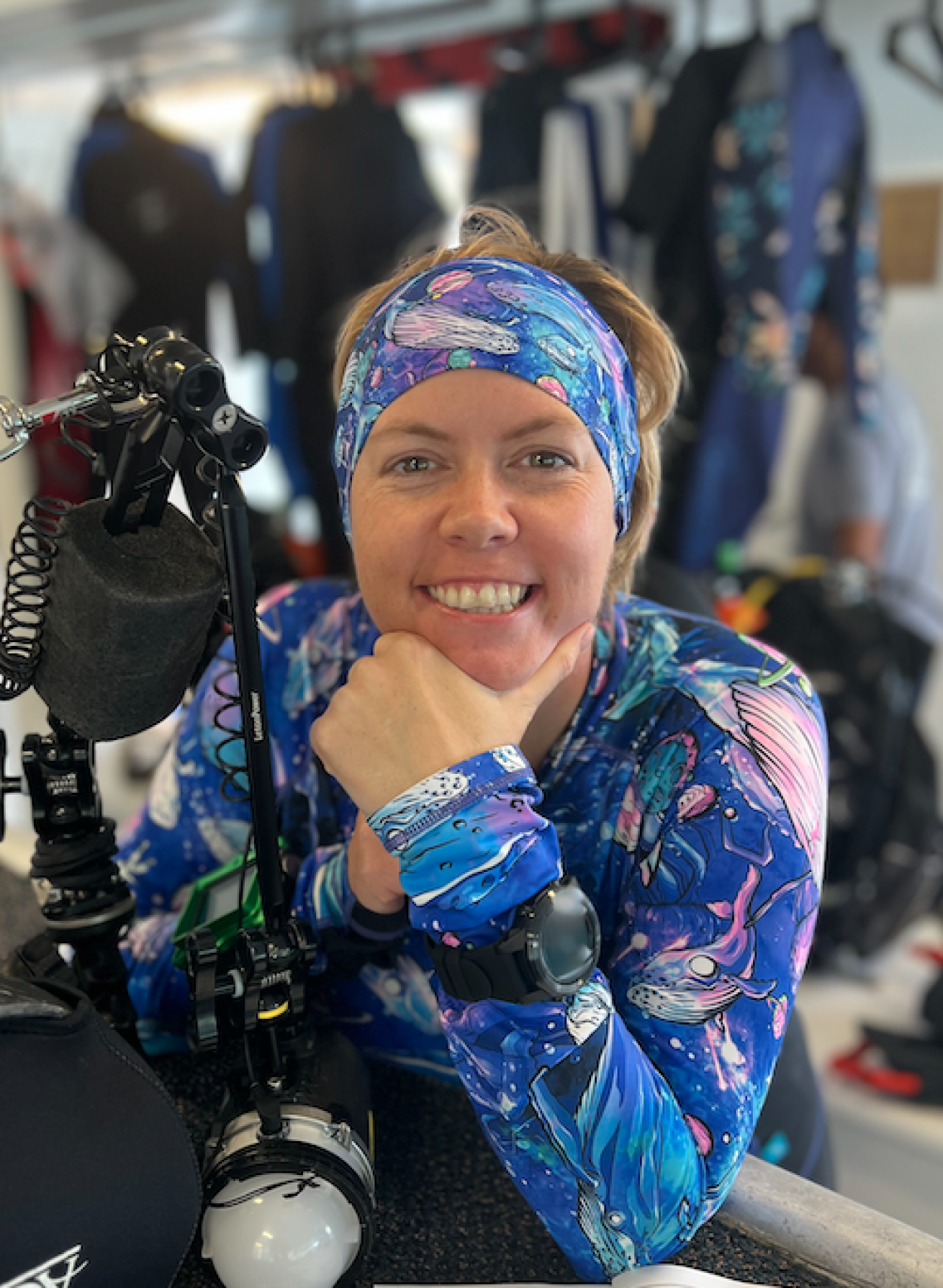
Stephen GeeCandice wearing her two dive computers before a dive in Palau.
Safety Begins With Peace of Mind
Diving with two computers might sound excessive but it’s become second nature for me. The extra peace of mind, the ability to handle unexpected glitches and the option to rescue a buddy’s dive day are all priceless benefits.
If you've been on the fence about adding a backup, consider going for a simpler, more affordable watch-style unit, like the Tern TX, to complement your main computer. It’s not just about having a second device, it’s about making sure the backup fits naturally into your diving life and doesn’t add unnecessary hassle.
After all, if you’re already carrying redundant masks, SMBs and flashlights, doesn’t it make sense to have a second lifeline for tracking your dive profile too?




